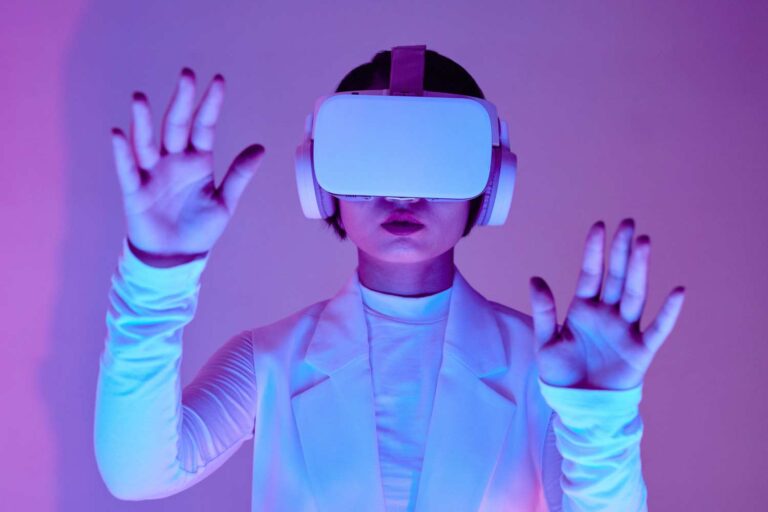The digital age has transformed the way we shop, and nowhere is this more evident than in e-commerce. As online retailers continue to seek innovative ways to enhance the customer experience, augmented reality (AR) and virtual reality (VR) are emerging as powerful tools. These technologies have the potential to bridge the gap between the physical and digital worlds, providing customers with a more immersive and engaging shopping experience.
Augmented Reality (AR)
AR overlays digital information onto the real world, allowing users to interact with virtual objects in their physical environment. In e-commerce, AR can be used to:
- Product Visualization: Customers can see how products would look in their own homes or spaces. For example, a furniture retailer could allow customers to visualize a sofa in their living room before purchasing it.
- Interactive Try-Ons: Virtual fitting rooms can provide a more accurate representation of how clothing items would look on a customer’s body.
- Product Customization: AR can enable customers to customize products in real-time, such as choosing the color or material of a piece of furniture or selecting the design of a pair of sneakers.
Virtual Reality (VR)
VR creates a fully immersive digital environment that can transport users to different worlds. In e-commerce, VR can be used to:
- Virtual Showrooms: Customers can explore virtual showrooms and try on products in a simulated environment. For example, a fashion retailer could create a virtual boutique where customers can browse through collections and try on clothes.
- Product Demonstrations: VR can provide interactive product demonstrations, allowing customers to experience products in a more engaging way. For example, a sporting goods retailer could offer VR experiences that simulate using sports equipment.
- Immersive Storytelling: VR can be used to tell brand stories in a more immersive and memorable way. For example, a luxury goods brand could create a virtual experience that takes customers on a journey through the brand’s history and values.
Benefits of AR and VR in E-commerce
- Enhanced Customer Experience: AR and VR provide a more engaging and interactive shopping experience, which can lead to increased customer satisfaction and loyalty.
- Reduced Returns: By allowing customers to visualize products in their own environment and try them on virtually, AR and VR can help reduce returns.
- Increased Sales: AR and VR can help to increase sales by making it easier for customers to imagine themselves using or owning a product.
- Competitive Advantage: Retailers that adopt AR and VR early can gain a significant competitive advantage over those that do not.
As AR and VR technologies continue to evolve, we can expect to see even more innovative applications in e-commerce. These technologies have the potential to revolutionize the way we shop and provide customers with a truly immersive and personalized experience.










